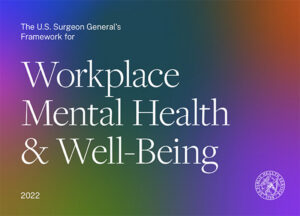A Public Relations Nightmare
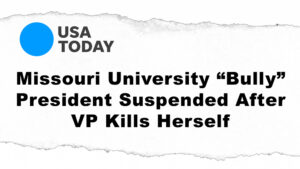
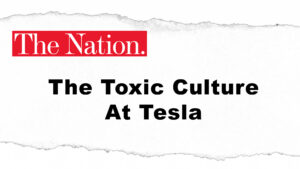
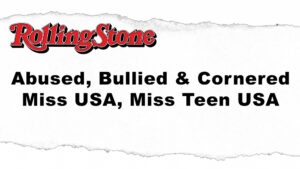
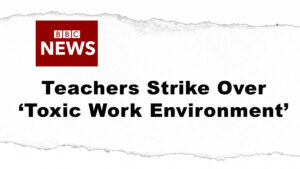
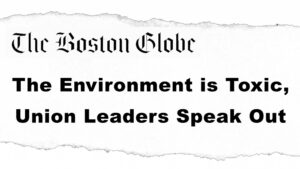
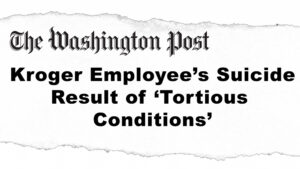
You Can’t Ignore the Data
In case you need more evidence …

U.S. Surgeon General’s Workplace Health Harm Alert
In Nov. 2022, the Surgeon General, Vivek Murthy, MD, MBA, used his platform as the nation’s prominent physician to urge employers to better take into account the health, specifically the mental health, of workers. He made the causal connection between Toxic Workplace conditions and preventable health harm. His solution, his Framework, calls for a renewed emphasis on workplace cultures with five goals.
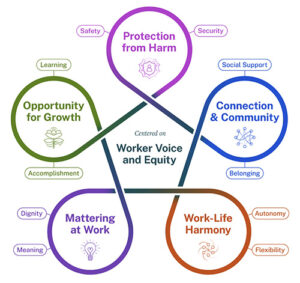
Features of the Framework that mirror components of our Blueprint for a Thriving Workplace:
- Social support (essential role of the Team)
- Safety & security (both psychological & psychosocial)
- Learning (education is foundation of our Treatment Plan)
- Autonomy (reversing historical toxic patterns of command & control)
Research History in Brief
1980’s – present – Heinz Lehmann, the mobbing researcher-clinician pioneer, linked abusive workplace conduct to PTSD and a host of psychosomatic health problems. Subsequently, voluminous research documents the host of stress-related diseases caused by exposure to poor working conditions. Recent studies focus on the role negative social relationships (bad bosses, backstabbing coworkers, indifferent institutional responses to calls for relief) play in defining workplace cultures. It’s called the psychosocial safety climate.
1997 – present – The Workplace Bullying Institute (WBI) alerted both organizations & individuals about harm from toxic workplaces. WBI U.S. national scientific surveys are the most cited statistics on abusive workplace conduct. WBI authors publish in academic peer-reviewed journals, present at scientific conferences, and write chapters science-based anthology book. In 2008, WBI introduced its signature research-driven education program for professionals, Workplace Bullying University®. That program is the foundation for Team Training & education for the organization in The Work Doctor® Blueprint.
2022 – MIT researchers Sull, et al., analyzed patterns of worker discontent postings on the employer review website Glassdoor. Five attributes of Toxic Workplaces emerged. Bad workplace cultures were: Abusive, Disrespectful, Noninclusive, Unethical, Cutthroat. Abuse and disrespect, when combined, represented the major contribution to workers leaving employers. Research by others also found that when multiple negative work conditions are present, abusive conduct is the most significant contributor to lost productivity and worker health. These Toxic 5 characteristics were the impetus for the Surgeon General’s call for better mental health at work.
For decades, Dr. Gary Namie’s evidence-based consulting has helped organizations improve both the bottom line and employee health (at The Work Doctor® and at WBI). Let us help your organization achieve the Surgeon General’s goals and more with The Blueprint for a Thriving Workplace.
Defining A Toxic Workplace
Our Toxic Spectrum
Toxicity is a term that captures many related, but independent, negative workplace behaviors that can occur. Our graphic depicts that range of negativity ordered from the least impactful on employees and organizations increasing to the most disruptive and destructive impact on the workplace culture.
- Micro-aggressions are words & actions ostensibly committed without thought or awareness by actors, driven by implicit stereotypical biases, but keenly perceived as offensive, unkind, and hostile by recipients. Rationalized as unintentional.
- Incivility, rudeness, is non-normative action by a person ignoring the needs of others — not doing things “the way we do things here.” Blocks collaboration & cooperation. Rationalized as defiant independence.
- Disrespect is the personalized dehumanization of a person by another. It is utter contempt. Rationalized by narcissists as mistreatment of others who deserve no better.
- Harassment, pervasive discriminatory action, has a legal connotation narrowly prohibited by laws. Nondiscrimination policies accomplish minimal legal compliance. Retaliation for complaining suppresses reporting. Rationalized as non-existent, made difficult to prove.
- Ostracism, shunning, social exclusion is deprivation of a person’s inclusion in a group. A fundamental human need to belong to groups is thwarted. Triggers pain & trauma. Rationalized by group’s need to self-protect & exclude (scapegoating) outsiders based on perceived “threats.”
- Abuse is repeated, harmful, injurious mistreatment. Harm is more severe than caused by other negative behaviors. Abuse is taboo in other social domains, but not at work. Rationalized as either routine or necessary for running the organization.
Workplace culture requires attention
Toxicity happens when the culture is allowed to evolve spontaneously without direction. The dark side of work emerges normally and organically. It’s human nature to be cutthroat and destructive when not constrained.
A Thriving, Healthy & Safe culture is not achieved by accident. It must be purposefully engineered and deliberately crafted. We have the Blueprint to design that culture in partnership with you.

Costs of Doing Nothing
Doing nothing is NOT being neutral. It tacitly endorses negative conduct. Perpetrators are expensive in many ways.
#1 – Preventable Turnover – Estimate YOUR COST using our calculator below
Lost Opportunity (from flight of experienced talent)
Absenteeism and Presenteeism (20% less productive)
Litigation (Legal retainer ~ $50-100,000, settlements, severances)
Increased Healthcare Utilization & Premiums (toxicity injures workers’ health)
Disability Insurance Claims (~ 50% are psychological health-related)
Workers Compensation Claims (in lieu of litigation)
Calculate your potential losses from a toxic workplace using your data. Our evidence-based formula: 10% talent flight and 2x the salary to replace and bring to equivalent proficiency of displaced veteran worker.
Losses do NOT have to be routine or inevitable!
Repair begins with constraining abusive conduct first.
Success comes from first mitigating the most severe forms of negative conduct — abuse & bullying. The less destructive acts will be reduced. It’s a mistake to work from the “bottom up” with ineffective steps. Incivility does not recede until you demonstrate an intolerance of abuse. Education will ameliorate micro-aggressions.
Your workplace culture is at risk until workplace abuse is curtailed. The Work Doctor® Blueprint does that for you.
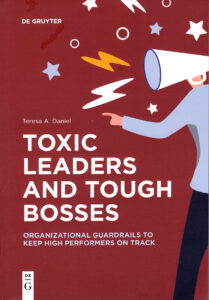
HR Morning podcast Wipe Out Workplace Bullying: How HR Can Make It Happen
Hosted by Berta Aldrich, consultant & author of Winning the Talent Shift: Three Steps to Unleashing the New High Performance Workplace.
Guests: Dr. Gary Namie & Law Professor David C. Yamada
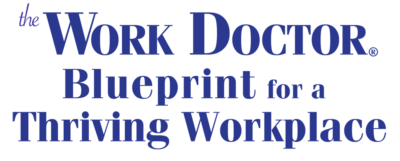

The Work Doctor®, Dr. Gary Namie, provided traditional consulting before 1997. Since 1997, his exclusive focus is the prevention and correction of workplace bullying/abusive conduct that is most responsible for creating toxic workplaces.
The Work Doctor® Blueprint is the only program of its kind in the world. It is a comprehensive, research-driven, evidence-based set of workshops and live, interactive sessions that are proven to work.
By adopting The Work Doctor® Blueprint you’ll distinguish your organization as A Thriving Workplace incorporating these 6 principle-driven properties: No Abuse & Focus on Safety, Inclusion, Ethical Leadership & Accountability, Respect, Collaboration, and Kindness. Read more.

